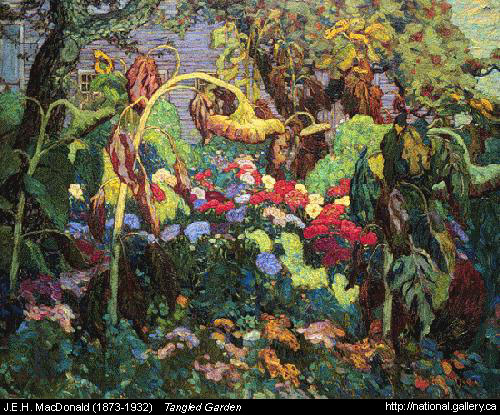"The Vanishing Canadian" Daniel Francis
 One person who I find extremely interesting is Edward Curtis. Though many people documented Natives in North America , I feel that his work because it is photographic we think represents truth and documents things as it was. We know that paintings present misrepresentations of people but photographs seem to have more truth to them a lot of the time. In is also of interest that these are the only pictures that exist of some of these people and they are faked. What I do like about Curtis is he realized that these people were important and wanted to document them before they disappeared , problem being is he decided to represent a stereotype instead of reality. I think stereotyping is something that we all need to work on in the western world , even right now when I was picking an Edwards photo to use , I tried to pick one that to me represented the stereotypical Native to help illustrate my point.
One person who I find extremely interesting is Edward Curtis. Though many people documented Natives in North America , I feel that his work because it is photographic we think represents truth and documents things as it was. We know that paintings present misrepresentations of people but photographs seem to have more truth to them a lot of the time. In is also of interest that these are the only pictures that exist of some of these people and they are faked. What I do like about Curtis is he realized that these people were important and wanted to document them before they disappeared , problem being is he decided to represent a stereotype instead of reality. I think stereotyping is something that we all need to work on in the western world , even right now when I was picking an Edwards photo to use , I tried to pick one that to me represented the stereotypical Native to help illustrate my point.
Growing up some of the only Canadian artists I knew were the members of the group of seven and Emily Carr. Their landscapes embodied Canada to me. I was lucky enough to grow up down the road from J.E.H MacDonalds , one of the member of the group of sevens house. I can remember playing in the yard where he painted some of his paintings. It was always such a dreamlike place where I thought anything could happen

But now what I see is whats missing and to me what is missing in all of these photographs people who were here before we were. I think that all of these works represent that loss. In particular Emily Carrs , whose west coast paintings picture the artifacts left behind by the so called the " Vanishing Race".




